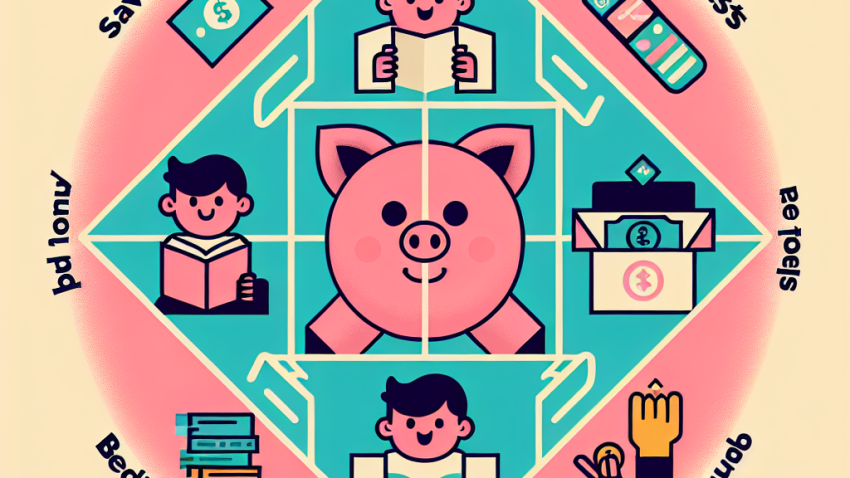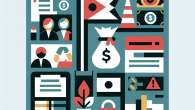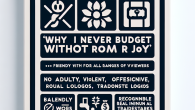
Saving for Kids: Junior ISAs, Bare Trusts, and Bedtime Budget Chats
How to Achieve Financial Independence in Your 30s (Without Becoming a Monk)
Let’s be honest—most of us don’t dream of scraping by until retirement at 67 just to finally live our lives. If the idea of grinding through decades of corporate life to eventually buy a discounted cruise ticket makes you queasy, you’re in the right place. I’m Rachel Simmons, your practical-but-sassy financial BFF, and today we’re diving deep into achieving financial independence in your 30s—without ditching your daily latte or becoming a hermit in the woods.
What Is Financial Independence (And Why You Don’t Have to Be Rich to Get There)?
Financial independence (FI) doesn’t mean you never work again. It just means you work when—and if—you want to. It’s being free from relying on a paycheck to survive. And while the Instagram influencers may flash million-dollar portfolios and Bali beaches at you, here’s the truth: you don’t need to be a millionaire to be financially independent. You just need to be smarter with your money than most people are with their Netflix queues.
Common Misconceptions About FI
- You have to live like a monk. Nope! It’s about efficiency, not sacrifice.
- You need a high income. Helpful? Sure. Required? No.
- It will take decades. Not necessarily. Strategic moves in your 20s and 30s can slash that timeline.
Rachel’s Real-Life Roadmap to FI—in Your 30s
Ready to start your journey? This isn’t some vague “dream big” blog—I’m giving you a tangible, step-by-step plan with a touch of sass and a whole lot of strategy.
1. Know Your FI Number
This isn’t rocket science, but it is math. Your FI number is the amount of money you need invested to live off the returns indefinitely. Here’s the back-of-the-napkin formula:
FI Number = Your Annual Expenses x 25
If you can live on $40,000/year, your FI number is $1,000,000. That’s assuming a 4% safe withdrawal rate—not just a cool rule of thumb, but a plan backed by the Trinity Study’s data on sustaining retirement investments over decades.
2. Cut the “Cool” Expenses That Don’t Serve You
Financial independence isn’t about hating your life. It’s about spending with intentionality. Rachel Rule #1: Cut the crap you don’t care about. Keep the crap that brings you joy.
Ask yourself:
- Do $400 monthly car payments truly bring me joy—or am I trying to flex?
- Is eating out 4 times a week adding value or just convenience?
- Can I swap my luxury gym for a cheaper rec center and still get buff?
Pro tip: Track your expenses with a tool like YNAB or Mint. Patterns will emerge, and so will your power to redirect that money into investments.
3. Increase Your Income—Without Burning Out
Let’s not pretend budgeting alone will skyrocket you to FI. We need both offense and defense. Growing your income is crucial—but so is sanity.
Here are my Rachel-approved ways to boost income without selling your soul:
- Ask for a raise—with receipts. Document your wins. Be bold.
- Start a freelance gig or side hustle—from writing to reselling sneakers.
- Invest in new skills that up your salary potential (think coding, design, or digital marketing).
4. Automate Your Savings and Investments
You’ve got better things to do than manually move money into your accounts. Automation = consistency = results.
- Set up an automatic transfer to a high-yield savings or investment account every month—without fail.
- Max out retirement accounts like your 401(k) or IRA, especially if there’s any employer match (don’t leave free money on the table!).
- Open a taxable brokerage account for any extra investment funds you want to grow faster.
My favorite platforms? For beginners, services like Vanguard or Fidelity are solid, low-cost options with minimal drama.
5. Invest Like a Minimalist Pro
Forget day trading and crypto hype—boring investing is best. That’s where your future freedom lives.
My go-to portfolio? The simple three-fund approach:
- Total US Stock Market Index Fund (like VTSAX or FZROX)
- Total International Stock Market Fund
- Total Bond Market Fund
This gives you global exposure, long-term growth, and a win over 90% of active investors. It’s not flashy—it’s effective.
6. Track Net Worth, Celebrate Progress, Adjust as Needed
Every month, take 10 minutes to check your net worth—assets minus liabilities. Seeing yourself inch closer to FI is weirdly addictive (and motivating!).
It’s not about perfection. It’s about consistent progress. Life will throw you curveballs—a layoff, a baby, a global pandemic. You’re not failing if your timeline flexes; you’re winning if you stay in the game.
Can You Really Retire in Your 30s?
Yes. Absolutely. But “retire” might not mean what you think.
I know people in their 30s who’ve reached financial independence and now:
- Work part-time doing what they love
- Travel freely without checking with HR
- Homeschool their kids, launch passion projects, or just breathe
FI isn’t about quitting work forever—it’s about making work optional so life becomes your choice, not your chore.
Start Now, Not “Someday”
The younger you start, the easier it gets. Compounding doesn’t care if you didn’t have rich parents or a six-figure salary. It only cares that you begin.
So whether you’re single, hustling a 9-5, running a side business, or just starting to take money seriously—today is your launchpad.
Give your future self a gift: Start building freedom today. It’s not about deprivation—it’s about design. And you’ve got this.
Need help getting started or have questions? We’re always here to help. Contact us here and let’s make your dream plan a real plan.









Leave a Reply